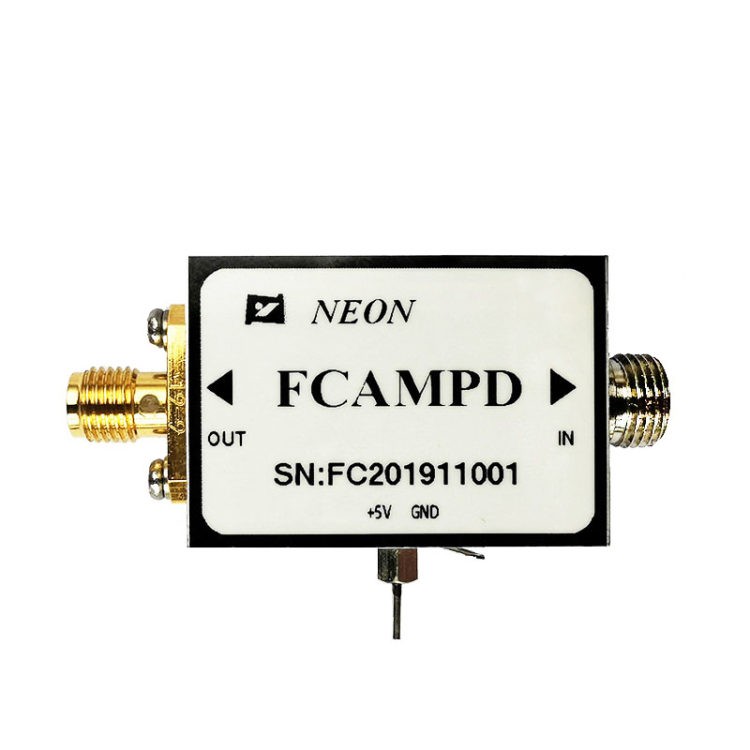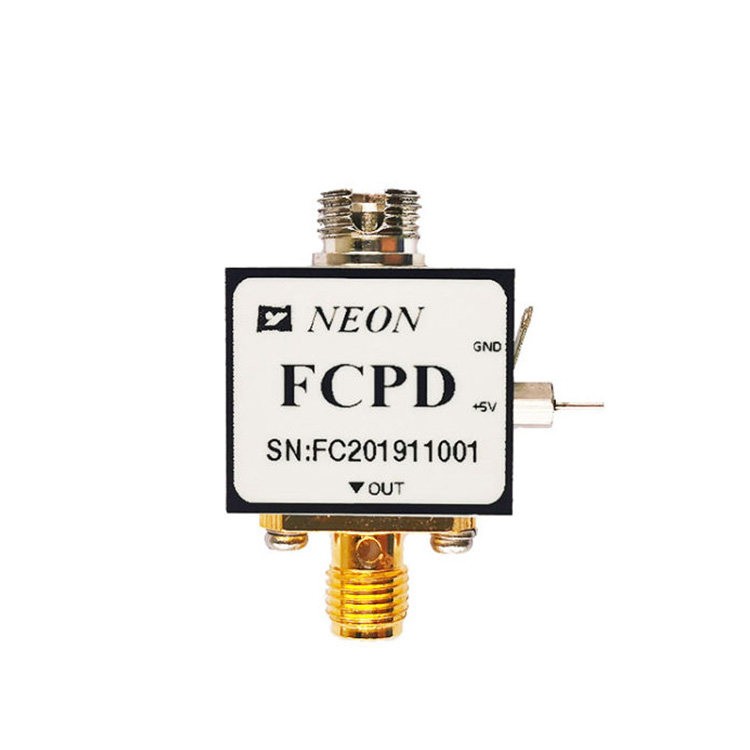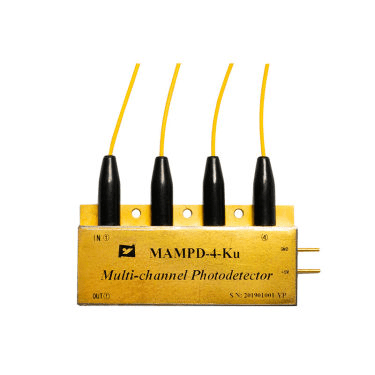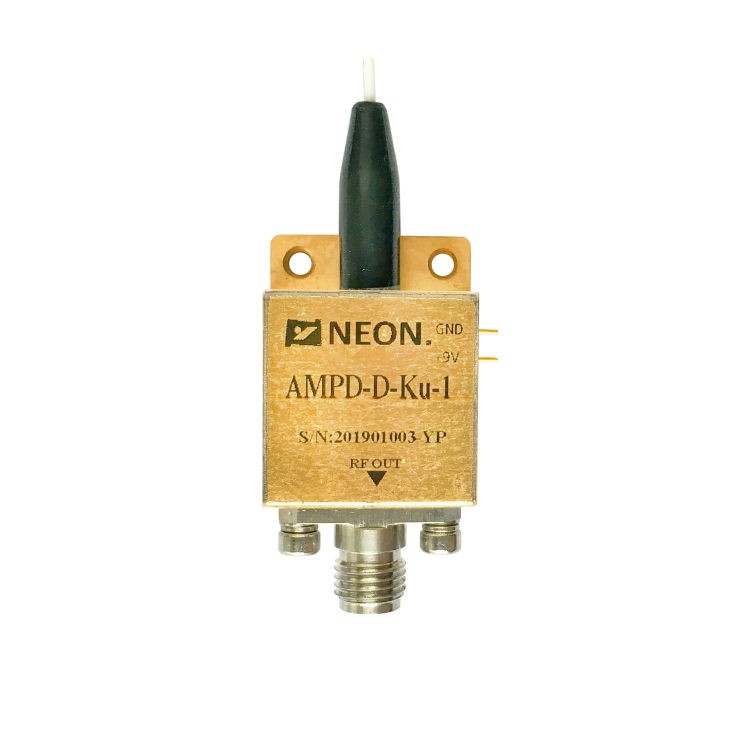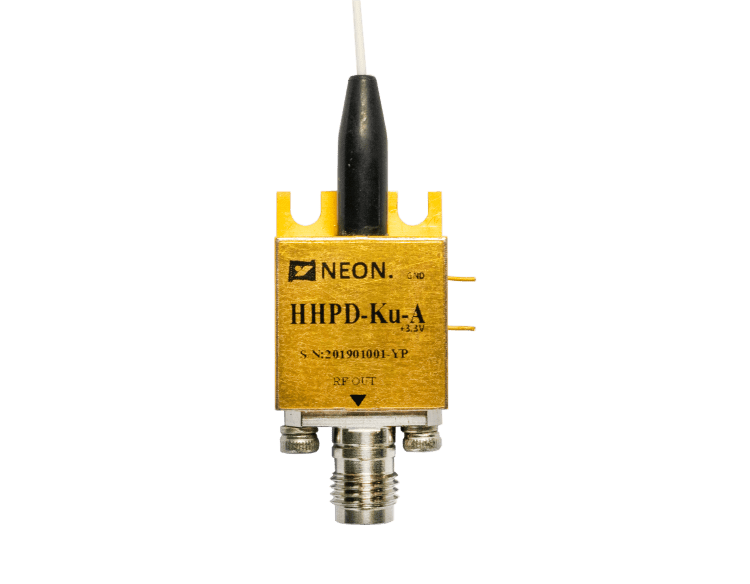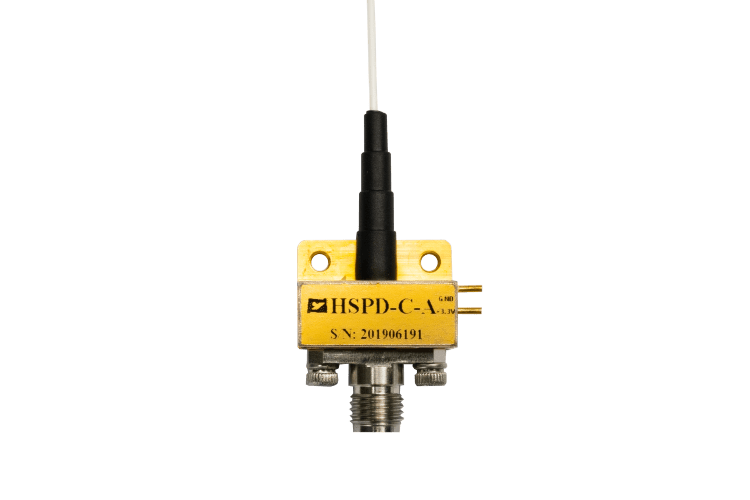The Power of High-Speed Photodetectors in Optical Fiber Communication
The insatiable demand for data bandwidth continues to propel the evolution of optical fiber communication systems. At the heart of this revolution lie high-speed photodetectors, the unsung heroes silently converting the light pulses carrying information back into electrical signals. This article delves into the intricate world of these remarkable devices, exploring their key characteristics, diverse applications, and the exciting challenges and advancements shaping their future.
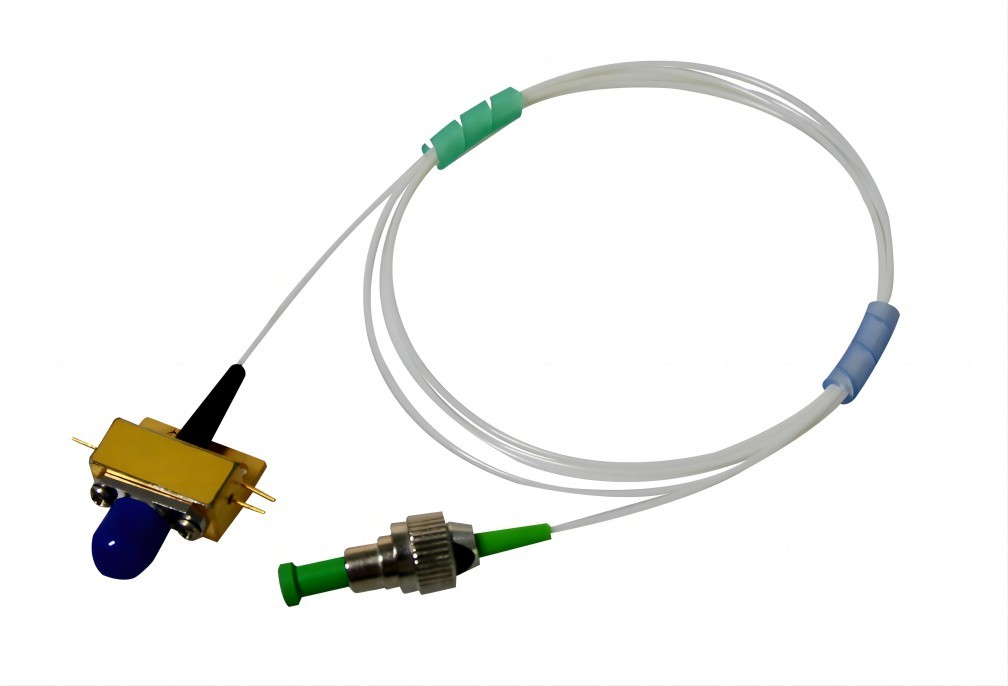
The Crucial Role of High-Speed Photodetectors
In an optical fiber communication system, information is encoded as pulses of light transmitted through optical fibers. These light pulses need to be efficiently converted back into electrical signals for further processing at the receiving end. This vital task falls upon the photodetector, a semiconductor device whose electrical conductivity changes upon absorption of light. The speed and fidelity of this conversion determine the overall performance of the communication system, making high-speed photodetectors critical components for achieving ever-increasing data rates.
Conversion Process of High-Speed Photodetectors
- Light-Matter Interaction: Information in optical fiber communication is typically encoded as intensity or phase modulation of light pulses. When these light pulses impinge upon the photodetector’s active region, a portion of the photons are absorbed.
- Carrier Generation and Photocurrent: Through a process known as photoexcitation, the absorbed photons transfer their energy to electrons in the semiconductor material, promoting them into a higher energy state (conduction band). These excited electrons, termed photocarriers, contribute to an increase in the material’s electrical conductivity, resulting in a measurable photocurrent.
- Signal Amplification (Optional): In certain types of photodetectors, such as avalanche photodiodes (APDs), the photocarriers can trigger additional electron-hole pair generation through an impact ionization process, leading to internal gain and amplification of the photocurrent. This amplification enhances the sensitivity of the detector, enabling the detection of weaker optical signals.
The Key Performance Indicators of High Speed Photodetectors
High-speed photodetectors operate at the heart of optical communication systems, their performance meticulously tailored to specific applications through a unique array of performance metrics. Delving deeper, we unveil the critical role of each parameter:
1. Bandwidth and Response Time
- Bandwidth (BW): Measured in gigahertz (GHz), BW defines the maximum frequency range the detector can accurately reproduce an incoming optical signal without significant distortion. For high-speed data transmission, a broader BW is crucial to capture rapid signal fluctuations. Factors like material properties and device design influence BW limitations.
- Response Time: Measured in picoseconds (ps), this metric quantifies the speed at which the detector’s output current responds to a light pulse. A faster response time ensures minimal pulse broadening and accurate information retrieval, particularly for ultra-short pulses employed in high-speed communication. Material properties, carrier transport mechanisms, and device structure play a major role in determining response time.
2. Responsivity and Sensitivity
- Responsivity: Measured in amperes per watt (A/W), this parameter quantifies the efficiency of photocurrent generation. A higher responsivity translates to a larger electrical output for a given optical input, translating to an improved signal-to-noise ratio (SNR) and enabling the detection of weaker signals. Material properties like bandgap and electron-hole generation efficiency impact responsivity.
- Sensitivity: Often expressed in decibel-milliwatts (dBm), sensitivity represents the minimum optical power required to achieve a specific SNR, typically 10 dB. Higher sensitivity allows for longer transmission distances and improved receiver performance as it enables the detection of fainter signals. Responsivity and noise performance jointly contribute to a detector’s sensitivity.
3. Noise Performance
- Dark Current: This is the leakage current flowing through the detector even in the absence of light. It contributes to noise and degrades SNR, limiting receiver sensitivity. Material properties, device design, and operating temperature influence dark current.
- Shot Noise: This inherent noise arises from statistical fluctuations in the photocurrent generation process. It increases with both the optical power and the detector’s bandwidth. Optimizing device design and minimizing dark current is crucial for mitigating shot noise.
4. Material Properties and Device Technologies
- Material Selection: Popular choices include InGaAs, InP, and SiGe, each offering unique advantages and trade-offs. InGaAs excels in high-speed applications due to its wide bandgap and fast carrier transport, while InP offers high responsivity and SiGe provides a cost-effective option.
- Device Technologies: Common choices include PIN diodes, APDs, and Schottky barrier diodes. PIN diodes offer good bandwidth and low noise, while APDs provide internal gain for enhanced sensitivity. Schottky barrier diodes offer ultrafast response times but limited responsivity.
By intricately tailoring these performance metrics through material selection, device design, and optimization techniques, high-speed photodetectors become the linchpins of efficient and reliable optical communication systems, paving the way for the seamless flow of information in our interconnected world.
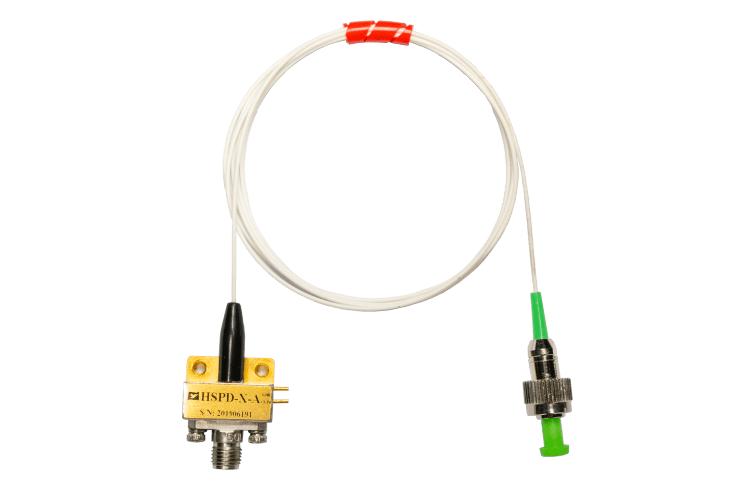
Diverse Applications of High Speed Photodetectors in Optical Communication
The versatility of high-speed photodetectors extends across a multitude of segments within the vibrant landscape of optical fiber communication, each posing unique challenges and demanding specific performance characteristics:
1. Long-Haul Communication Systems: Bridging vast distances, these systems necessitate high-sensitivity detectors equipped to combat signal attenuation, a phenomenon where signal strength diminishes over extended transmission lengths. For this reason, avalanche photodiodes (APDs), possessing an internal gain mechanism that amplifies the received signal, are often the preferred choice due to their superior ability to recover faint optical signals.
2. Data Centers and High-Performance Computing: The insatiable demand for data processing power within data centers compels the utilization of high-bandwidth and low-noise detectors. These characteristics ensure efficient handling of the massive data traffic coursing through these computational powerhouses. Striking a balance between these seemingly contrasting properties is crucial, as high bandwidth often comes at the expense of increased noise.
3. Terabit-per-second (Tbps) and Beyond Networks: As the insatiable thirst for data rate escalation continues, detector technology is pushed to its limits. These next-generation networks demand devices capable of effortlessly handling multi-Tbps data streams. To meet this challenge, researchers are actively exploring and innovating with advanced materials and device structures that can unlock the necessary performance frontiers.
4. Microwave Photonics and Millimeter-wave Systems: In these systems, light serves as a versatile tool for transmitting and manipulating high-frequency signals. Consequently, ultra-broad bandwidth becomes the key performance metric for the photodetectors employed. These bandwidth-hungry systems demand detectors capable of faithfully capturing and reproducing the rapid fluctuations inherent in high-frequency signals.
5. Free-space Optical Communication: In this communication paradigm, light traverses the open air instead of being confined within optical fibers. However, free space presents a unique challenge – atmospheric attenuation. To compensate for this signal-weakening phenomenon, detectors exhibiting high sensitivity are paramount for successful communication over extended distances.
It is through this diverse array of applications, each with its own set of specific demands, that high-speed photodetectors demonstrate their remarkable adaptability and critical role in propelling the advancement of optical communication technology.
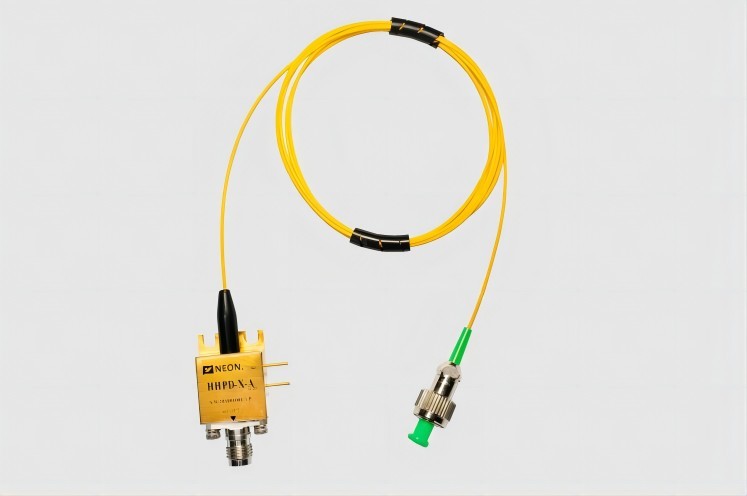
Summary
In conclusion, high-speed photodetectors are more than just detectors; they are the tireless drivers of the information superhighway, silently shaping the communication landscape of tomorrow. Their story is one of continuous evolution, fueled by human ingenuity and the insatiable thirst for connectivity. As we look towards the future, these remarkable devices will certainly continue to illuminate the path, guiding us on a journey of boundless information exchange and ever-closer interconnection.


